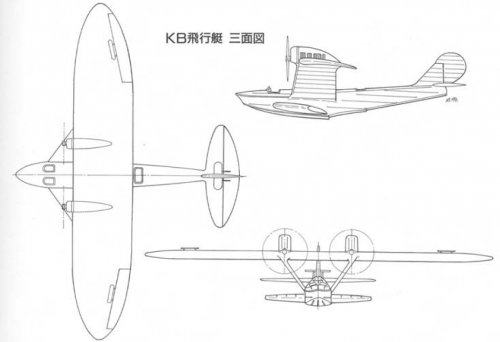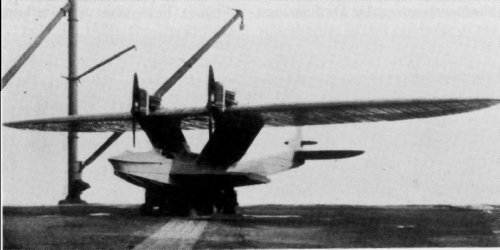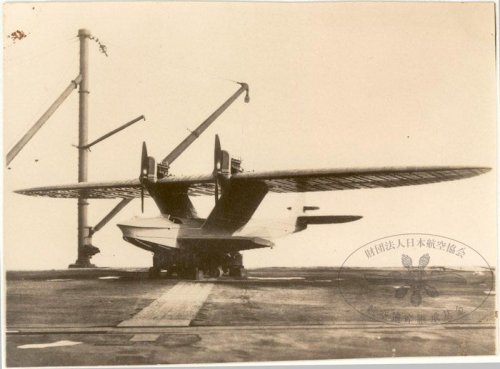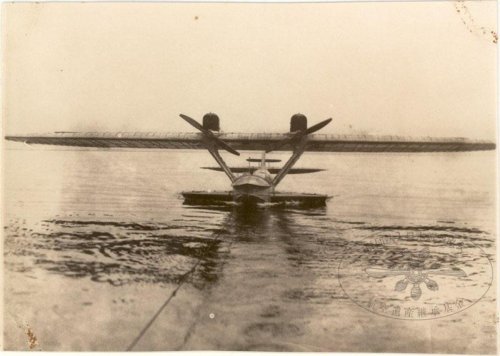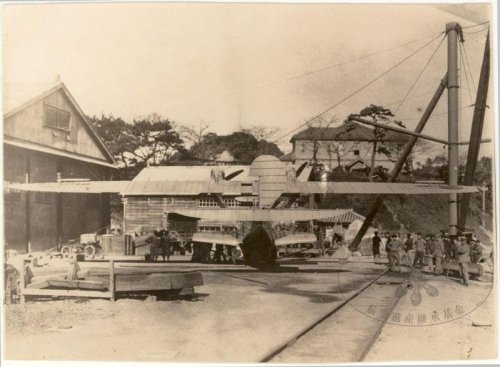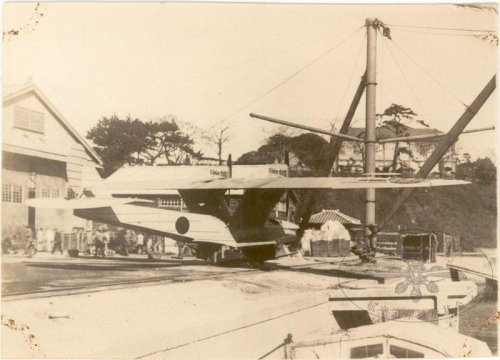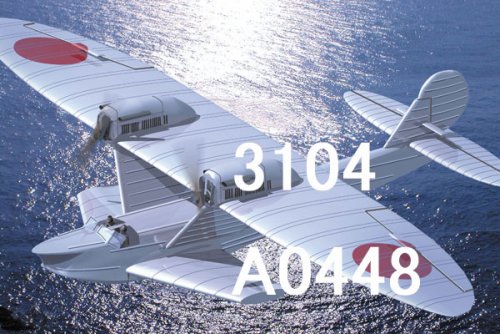blackkite
Don't laugh, don't cry, don't even curse, but.....
- Joined
- 31 May 2007
- Messages
- 8,297
- Reaction score
- 5,892
Hi! Kaibogikai KB flying boat.
http://forum.valka.cz/viewtopic.php/t/119224/start/-1
In September 1922, a patriotic organisation known as the Teikoku Kaibo Gikai (Imperial Maritime Defence Volunteer Association, 海防議会) recognised that an all-metal aircraft of the quality being demonstrated by other countries, had not been manufactured in Japan, and therefore undertook such a project. For the design they organised the All Metal Aeroplane Committee which consisted of leading authorities of the Aeronautical Research Institute of Tokyo Imperial University, the Army, and the Navy. Although this was a joint effort, the design was identified with the PMBRA since the main component the hull, was built by the Army Arsenal.
The airframe was nearly completed by March 1924, with the exception of the engine installation and other systems. In July of that year, the airframe was transported to the Department of Ordnance, Yokosuka Naval Arsenal, where the engines and other systems were installed. Because of development delays with the Japanese engines which were to deliver 200 hp at 3,000 m (9,843 ft), it was decided to use two 185 hp BMW IIIa engines instead. With these installed, the KB Flying-boat (KB for Kai Bo) as it was now called, was completed in December 1924.
The Kaibo Gikai KB was a twin-engined parasol-wing monoplane flying boat with a two-step hull and sponsons. It was of all-metal construction with metal stressed skin covering apart from some fabric covering on the wings and control surfaces.
After the aircraft was donated to the Navy by the Kaibo Gikai, flying trials began, with Navy test pilot Lieut-Cdr Hisakichi Akaishi, at the controls. As a result of minor modifications, the aircraft showed excellent take-off and alighting performance under light load conditions. However, on 22 March, 1926, during its seventh test flight, the aircraft was seen in a glide with both engines stopped, its gliding angle continued to steepen and it crashed into the water nearly vertical, killing all four crew members on board. The cause of the crash was attributed to a malfunction of the flight control system.
With this loss, further development of the design was ended. Considerable experience was gained the design of this aircraft and it greatly influenced design the Giyu No.3 flying-boat sponsored by the Kaibo Gikai and built by Kawasaki.
http://forum.valka.cz/viewtopic.php/t/119224/start/-1
In September 1922, a patriotic organisation known as the Teikoku Kaibo Gikai (Imperial Maritime Defence Volunteer Association, 海防議会) recognised that an all-metal aircraft of the quality being demonstrated by other countries, had not been manufactured in Japan, and therefore undertook such a project. For the design they organised the All Metal Aeroplane Committee which consisted of leading authorities of the Aeronautical Research Institute of Tokyo Imperial University, the Army, and the Navy. Although this was a joint effort, the design was identified with the PMBRA since the main component the hull, was built by the Army Arsenal.
The airframe was nearly completed by March 1924, with the exception of the engine installation and other systems. In July of that year, the airframe was transported to the Department of Ordnance, Yokosuka Naval Arsenal, where the engines and other systems were installed. Because of development delays with the Japanese engines which were to deliver 200 hp at 3,000 m (9,843 ft), it was decided to use two 185 hp BMW IIIa engines instead. With these installed, the KB Flying-boat (KB for Kai Bo) as it was now called, was completed in December 1924.
The Kaibo Gikai KB was a twin-engined parasol-wing monoplane flying boat with a two-step hull and sponsons. It was of all-metal construction with metal stressed skin covering apart from some fabric covering on the wings and control surfaces.
After the aircraft was donated to the Navy by the Kaibo Gikai, flying trials began, with Navy test pilot Lieut-Cdr Hisakichi Akaishi, at the controls. As a result of minor modifications, the aircraft showed excellent take-off and alighting performance under light load conditions. However, on 22 March, 1926, during its seventh test flight, the aircraft was seen in a glide with both engines stopped, its gliding angle continued to steepen and it crashed into the water nearly vertical, killing all four crew members on board. The cause of the crash was attributed to a malfunction of the flight control system.
With this loss, further development of the design was ended. Considerable experience was gained the design of this aircraft and it greatly influenced design the Giyu No.3 flying-boat sponsored by the Kaibo Gikai and built by Kawasaki.

